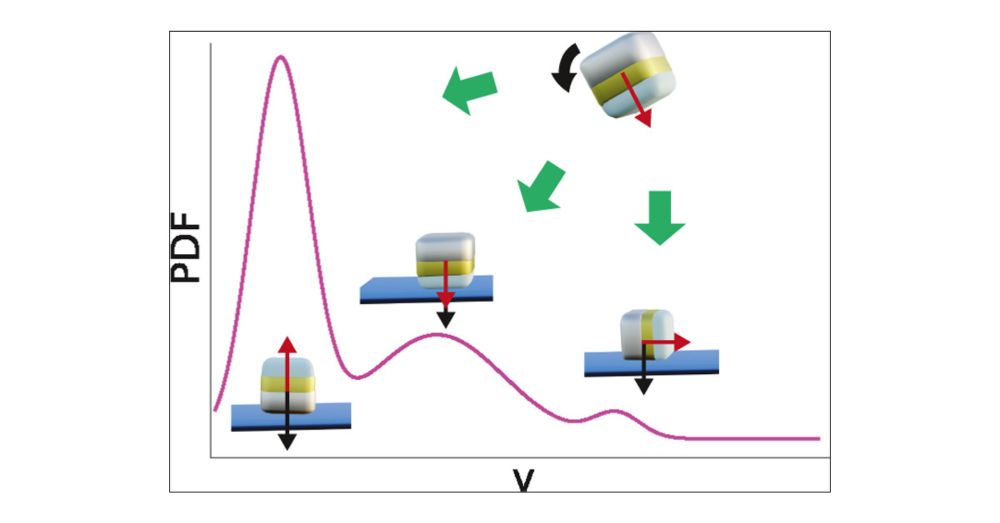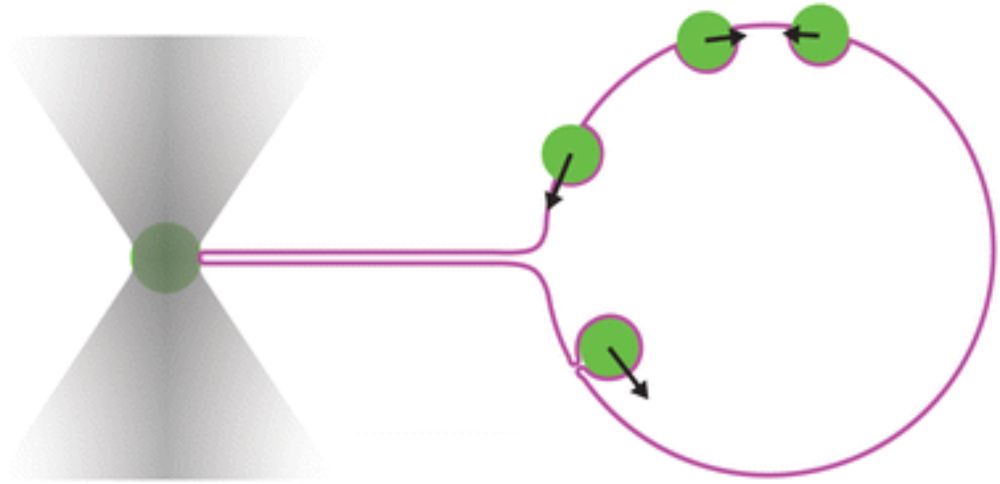Anisotropic active particles cannot always simply turn to change their orientation after having reached a surface: as we show for active colloidal cubes, this can lead to several populations with different particles speeds. Now out in Langmuir!
pubs.acs.org/doi/10.1021/...
Fabrication and Characterization of Bimetallic Silica-Based and 3D-Printed Active Colloidal Cubes
Simulations on self-propelling active cubes reveal interesting behaviors at both the individual and the collective level, emphasizing the importance of developing experimental analogues that allow testing these theoretical predictions. The majority of experimental realizations of active colloidal cubes rely on light actuation and/or magnetic fields to have a persistent active mechanism and lack material versatility. Here, we propose a system of active bimetallic cubes whose propulsion mechanism is based on a catalytic reaction and study their behavior. We realize such a system from synthetic silica cuboids and 3D-printed microcubes, followed by the deposition of gold and platinum layers on their surface. We characterize the colloids’ dynamics for different thicknesses of the gold layer at low and high hydrogen peroxide concentrations. We show that the thickness of the base gold layer has only a minor effect on the self-propulsion speed and, in addition, induces a gravitational torque during sedimentation. For low activity, this gravitational torque orients the particles such that their velocity director is pointing out of the plane, thus effectively suppressing propulsion. We find that a higher active force can remedy the effects of torque, resulting in all possible particle orientations, including one with the metal cap on the side, which is favorable for in-plane propulsion. Finally, we use 3D printing to compare our results to cubes made from a different material, size, and roundness and demonstrate that the speed scaling with increasing particle size originates from the size-dependent drag. Our experiments extend the fabrication of active cubes to different materials and propulsion mechanisms and highlight that the design of active particles with anisotropic shapes requires consideration of the interplay between shape and activity to achieve favorable sedimentation and efficient in-plane propulsion.



